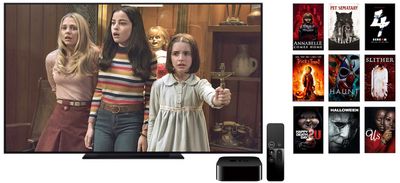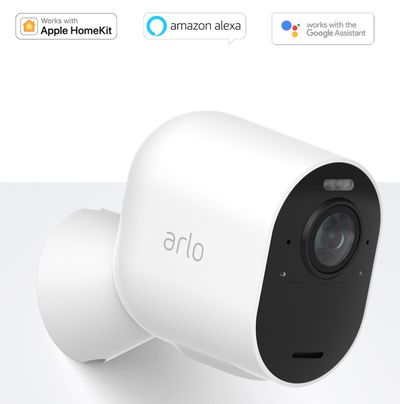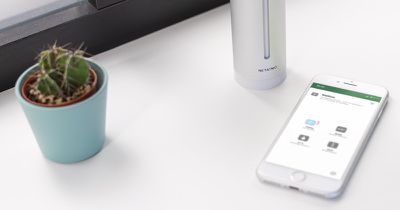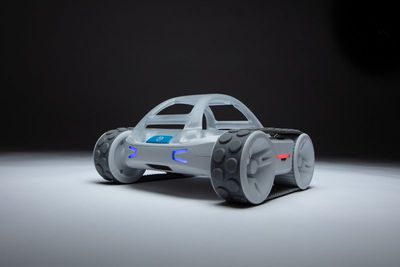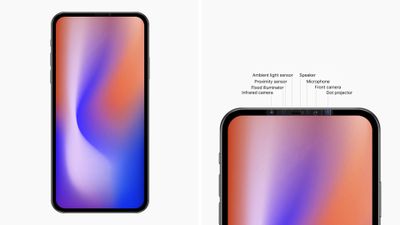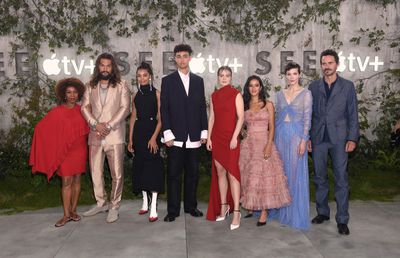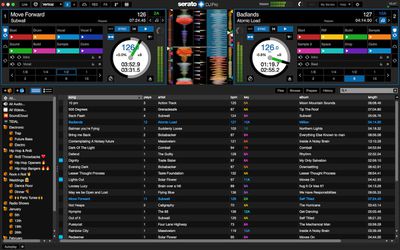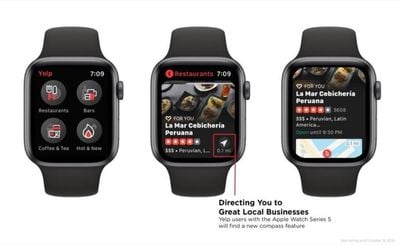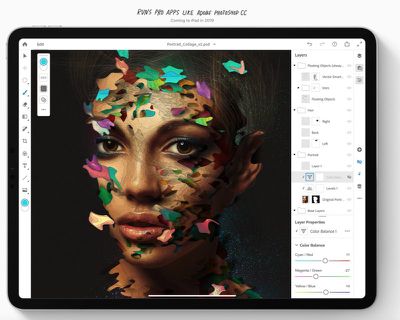Anyone on the hunt for an iPad this week is in luck, thanks to Amazon's latest discounts on both the 2018 9.7-inch iPad and the 2019 10.2-inch iPad. The retailer has marked down all of the cellular versions of the former tablet, while sales on the latter device are focused on Wi-Fi only models.
9.7-Inch iPad
Amazon has both the 32GB and 128GB 9.7-inch iPad with cellular support in all color options. Shoppers should note that the 128GB Space Gray iPad is the cheapest 128GB model in this sale at $399.00, but all of the colors for the 32GB size are the same price.
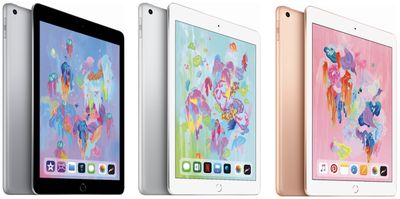 Note: MacRumors is an affiliate partner with Amazon. When you click a link and make a purchase, we may receive a small payment, which helps us keep the site running.
Note: MacRumors is an affiliate partner with Amazon. When you click a link and make a purchase, we may receive a small payment, which helps us keep the site running.
Because of its lower price, stock for the 128GB Space Gray iPad is limited and it won't ship until around October 29. Across the board, these are the lowest prices we've tracked for the previous-generation iPad.
- Cellular 128GB, Space Gray - $399.00, down from $559.00 ($160 off, lowest ever)
- Cellular 128GB, Gold - $429.00, down from $559.00 ($130 off, lowest ever)
- Cellular 128GB, Silver - $429.00, down from $559.00 ($130 off, lowest ever)
- Cellular 32GB, Space Gray - $349.00, down from $459.00 ($110 off, lowest ever)
- Cellular 32GB, Gold - $349.00, down from $459.00 ($110 off, lowest ever)
- Cellular 32GB, Silver - $349.00, down from $459.00 ($110 off, lowest ever)
10.2-Inch iPad
Those on the hunt for the latest iPad can still save a bit of money thanks to Amazon's $29 discount on the Wi-Fi only models of the 128GB 10.2-inch iPad. All colors are also on sale here, priced at $399.99.

- Wi-Fi 128GB, Space Gray - $399.99, down from $429.00 ($29 off, lowest ever)
- Wi-Fi 128GB, Gold - $399.99, down from $429.00 ($29 off, lowest ever)
- Wi-Fi 128GB, Silver - $399.99, down from $429.00 ($29 off, lowest ever)
For more sales on iPads, Macs, accessories, and other Apple-related devices, be sure to head to our full Deals Roundup.



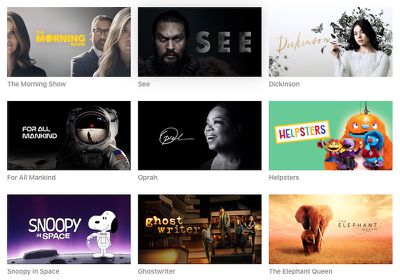

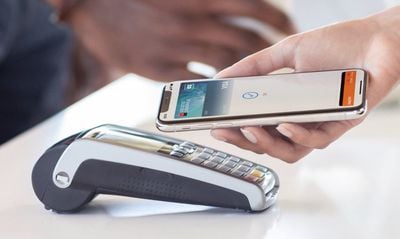
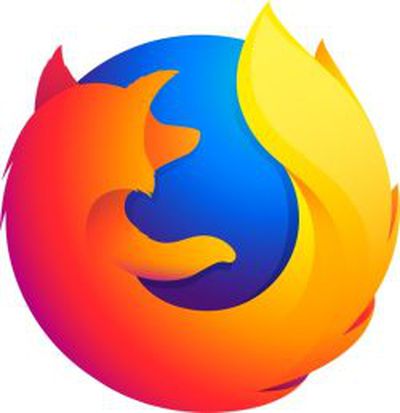 Mozilla has launched
Mozilla has launched 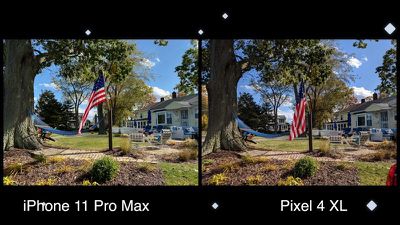


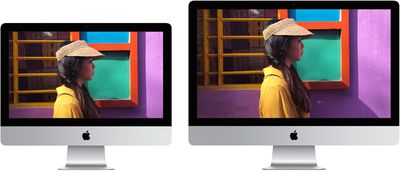 Note: MacRumors is an affiliate partner with some of these vendors. When you click a link and make a purchase, we may receive a small payment, which helps us keep the site running.
Note: MacRumors is an affiliate partner with some of these vendors. When you click a link and make a purchase, we may receive a small payment, which helps us keep the site running.
